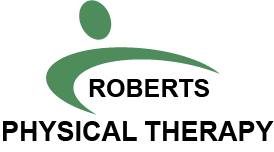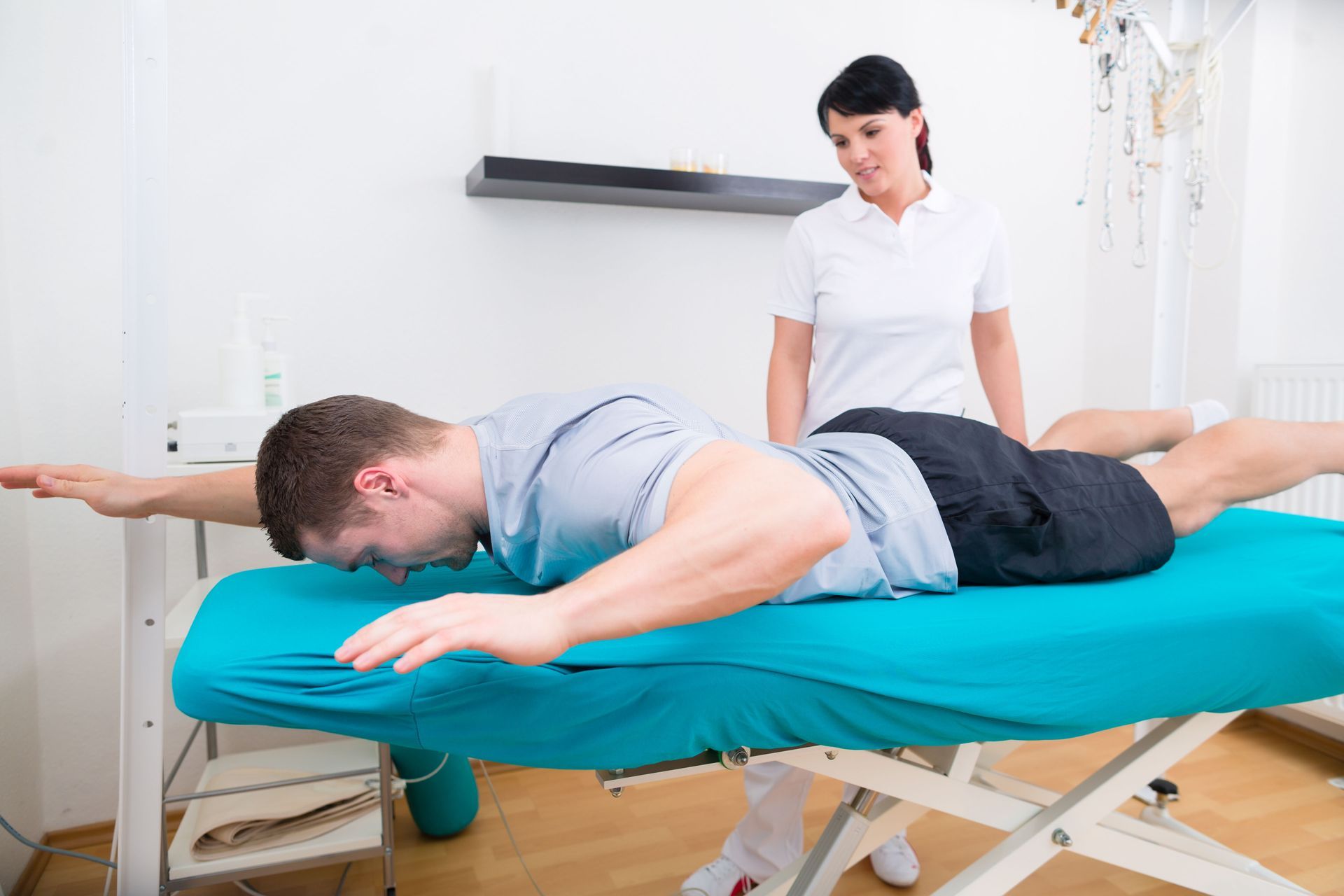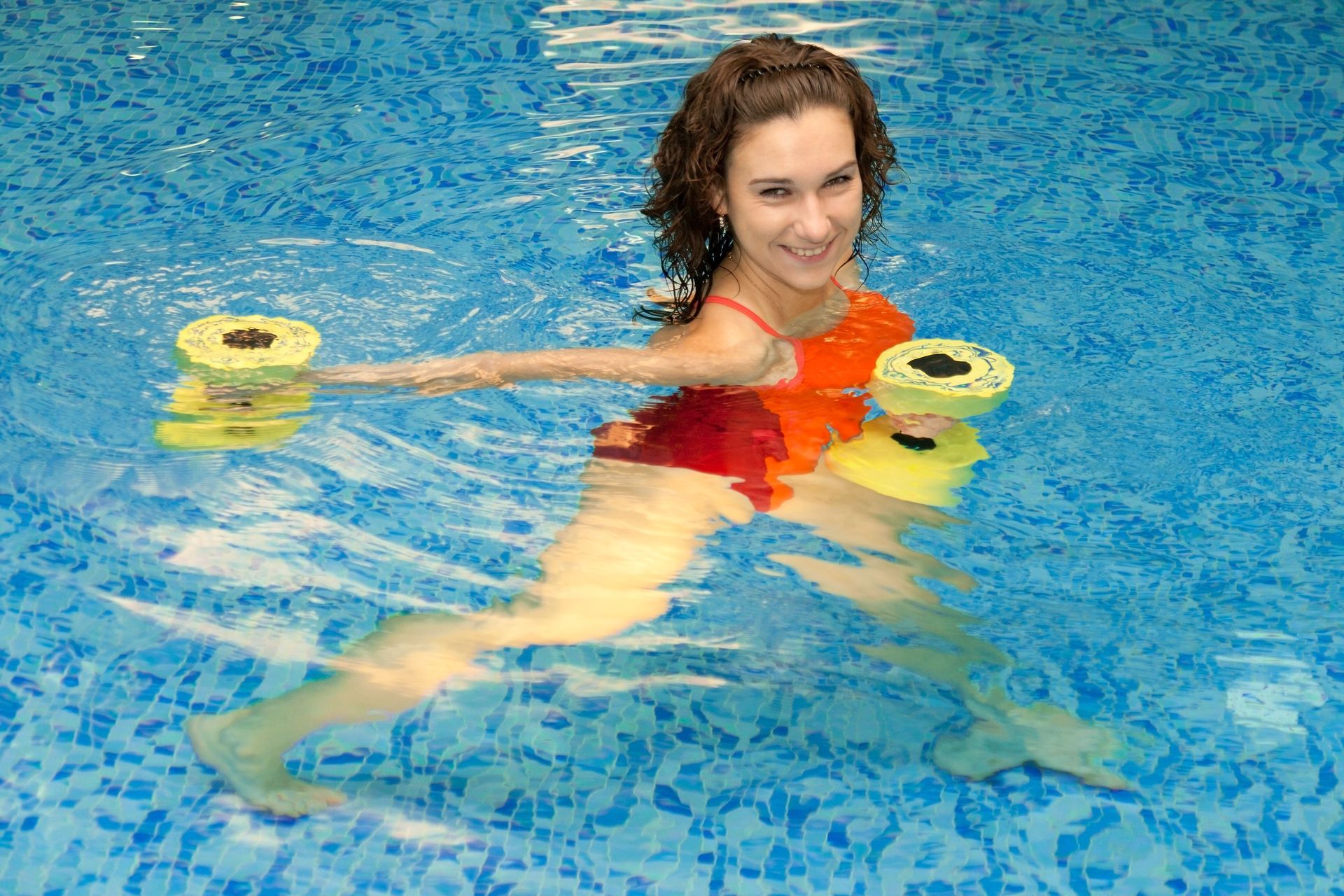What’s on my Calendar? Easy Run
Mini Blog Series #1

Easy runs will be a staple in your running program no matter where you are on your journey. These runs are usually moderate in duration, low intensity, and are done frequently. Easy runs serve as the building blocks for the engine inside of us, which I call the aerobic engine. This engine is responsible for churning out tons of energy for our body to use for running and is improved by running at easier efforts. Placing these sessions into the calendar frequently will compound the effects and lead to big gains in the long term, effectively building a larger aerobic engine. These runs make us well equipped to handle increases in running volume or intensity, as well as increasing efficiency.
We recommend composing about 80% of your training volume for easy running. The other 20% of the running volume should be made up of high intensity running. This 80/20 type of training, otherwise known as polarized training, has been shown to lead to increased running performance in recreational runners (Muñoz et al.).
Doing an easy run takes some skill and discipline. The target intensity is, as the name implies, easy. This can be gauged by using the Rate of Perceived Exertion (RPE) scale, the talk test, among other metrics. RPE should not exceed 4/10. This correlates to a conversational pace, meaning you are able to speak in full sentences without changing the way you breathe. One common mistake that occurs is running too hard on these days (I’m guilty of this too!). We miss out on the purpose of these days when we run too hard. Since this day makes up a large portion of our running, chronic overexertion on these days can lead to excessive fatigue, burnout, and even increase risk of injury. These days should leave us feeling refreshed, not crumbling at the seams. At times, you may even finish an easy run feeling like you didn’t even go out for a run, which would be a good thing.
Use these sessions as an opportunity to practice relaxed running without running sloppy. It’s a great opportunity to try new routes, gear, nutrition strategies, and run with friends. There’s a lot of flexibility within these sessions.
Thanks for following along. Please feel free to reach out to us with any questions, comments, or concerns. Happy running!
References
Muñoz I, Seiler S, Bautista J, España J, Larumbe E, Esteve-Lanao J. Does polarized training improve performance in recreational runners? International Journal of Sports Physiology and Performance. 2014;9(2):265-272. doi:10.1123/ijspp.2012-0350







Share On: